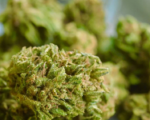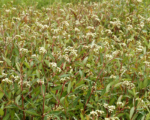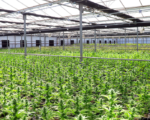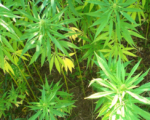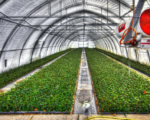As the cannabis industry continues to expand, so does its environmental impact. While many associate cannabis with eco-consciousness, the reality is more complex. Commercial growers have adopted practices that harm the planet, from artificial pesticides to wasteful distribution methods. However, a small group of dedicated cannabis cultivators is leading the charge for sustainability. Here’s how they’re making a difference:

The Waste Problem
- Chemical Fertilizers: Petrochemical fertilizers, commonly used in commercial cannabis growth, provide fast-acting nutrients but harm micro-organisms and long-term sustainability.
- Pesticides: Harsh chemicals sprayed onto cannabis crops can contaminate soil, water, and other vegetation.
- Fibrous Waste: After harvest, cannabis plants need proper disposal to minimize waste.
Climate Change Initiatives
Some companies are taking climate change head-on by producing high-quality cannabis products while minimizing their environmental impact. Here’s what they’re doing:
- Water-Efficient Cultivation: Cannabis is a resilient plant, requiring only 20-30 inches of water to yield within 100 days. Water-efficient practices reduce waste.
- Organic Farming: Companies are shifting toward organic and sustainable farming methods, avoiding harmful chemicals and promoting soil health.
- Eco-Friendly Packaging: Sustainable packaging materials help reduce waste and pollution.
- Local Distribution: By minimizing transportation distances, companies decrease their carbon footprint.
The cannabis industry faces challenges, but sustainability efforts are gaining momentum. As we move forward, let’s prioritize both cannabis quality and environmental stewardship.
Maria Garcia is an award-winning author who excels in creating engaging cannabis-centric articles that captivate audiences. Her versatile writing style allows her to cover a wide range of topics within the cannabis space, from advocacy and social justice to product reviews and lifestyle features. Maria’s dedication to promoting education and awareness about cannabis shines through in her thoughtfully curated content that resonates with both seasoned enthusiasts and newcomers alike.

